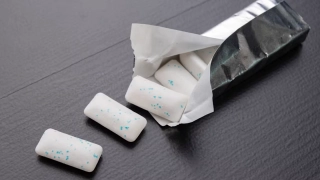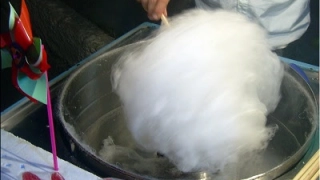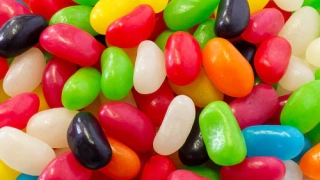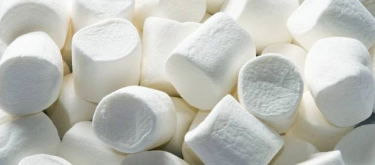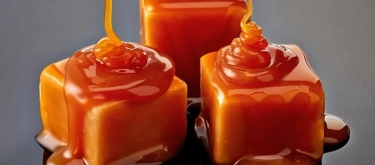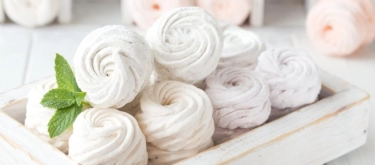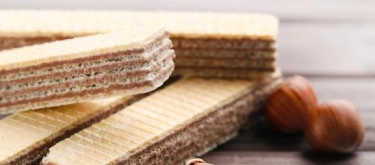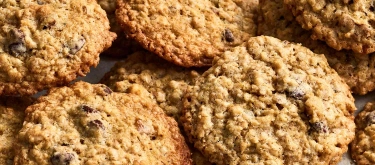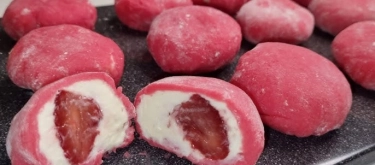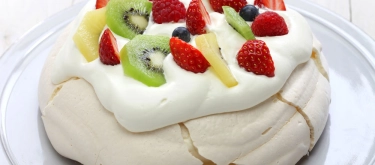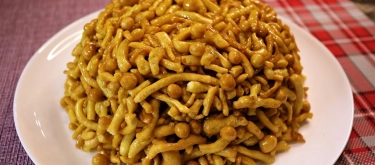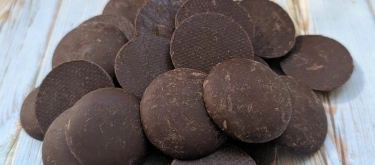Bubble gum: Taste Profile, Aroma, Benefits and Health Risks
Bubble gum is a type of chewing gum designed for blowing bubbles. It was first made in the United States in 1928 and soon became a worldwide phenomenon. Its exaggerated candy-like flavor and elastic chew make it stand out from ordinary chewing gum, turning it into a symbol of fun, fairs, and childhood memories.
Bubble gum typically contains sugar, glucose syrup, gum base, flavorings, and food colorants. Sugar-free versions may include sweeteners such as sorbitol, xylitol, or aspartame, which can cause digestive discomfort when consumed in large amounts. Some products may use gelatin or shellac, making them unsuitable for vegans or strict kosher/halal diets. Not recommended for children under 3 due to choking hazards.
What does Bubble gum taste like?
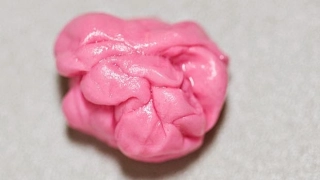
Complete Sensory Description
-
Taste: From the very first chew, bubble gum delivers an intense sugary blast, often described as an artificial mix of strawberry, banana, and cherry rolled into one. The flavor is bold and candy-like, gradually fading into a faint sweetness after a few minutes.
-
Aroma: Strongly fruity and slightly vanilla-like, immediately recognizable upon unwrapping. The smell evokes fairs, childhood, and fun, and it fades along with the flavor.
-
Texture: Soft and easy to bite into at first, quickly becoming elastic and durable. Its stretchiness allows large bubbles to form without breaking. Over time, the gum turns firmer but remains chewable.
-
Appearance: Traditionally bright pink, but also sold in blue, green, or yellow. Found in forms such as balls, strips, cubes, or pellets, often shiny or sugar-dusted.
In-depth Flavor Analysis
The bubble gum flavor is created from a blend of artificial compounds such as isoamyl acetate (banana-like), ethyl butyrate (pineapple-like), benzyl acetate (strawberry-like), and vanillin (vanilla). These volatile esters dissolve quickly, giving the initial fruity hit, while vanillin and sweeteners linger for a softer aftertaste.
The gum base includes synthetic elastomers, resins, and waxes that provide elasticity and bubble-forming ability. Plasticizers and softeners keep the gum pliable. The lasting chewiness comes from the balance of these polymers with flavor and sugar release rates.
Varieties and Culinary Applications
-
Classic gum balls and strips — the most recognizable forms, often sold in vending machines.
-
Sugar-free bubble gum — designed for dental-conscious consumers, offering long-lasting flavor.
-
Novelty bubble gum — with sour coatings, liquid fillings, or shaped into unusual forms.
Although not a cooking ingredient, bubble gum has inspired ice cream, cocktails, syrups, and candies. Its flavor is used playfully in gastronomy to evoke nostalgia and fun.
Selection and Storage
Freshness is important: old gum loses elasticity and flavor quickly. When buying, check that the gum is soft and not brittle. Store in a cool, dry place to prevent melting or sticking. Keep sealed packaging to retain aroma and elasticity.
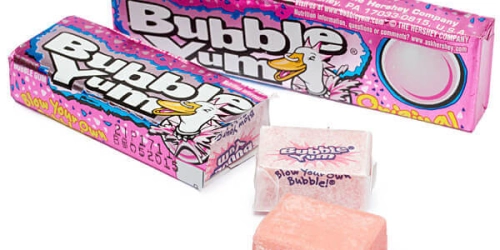
Nutritional Insights
Bubble gum is calorie-dense if sugar-based, though a single piece has minimal impact on daily intake. Sugar-free varieties have fewer calories but may cause digestive discomfort when overconsumed due to sugar alcohols. Chewing stimulates saliva production, which can reduce dry mouth and help clean teeth slightly, though not a replacement for brushing.
Expert Insights & Culinary Tips
Dentists recommend sugar-free bubble gum as a safer option for teeth. Some chefs use bubble gum flavor in novelty desserts to create a sense of fun and nostalgia. A playful example is bubble gum-flavored ice cream, often found at fairs or theme parks.
Interesting Facts & History
-
The first successful bubble gum, Dubble Bubble, was invented in 1928 by Walter Diemer.
-
Pink became the standard color because it was the only dye available in the factory at the time.
-
Competitive bubble-blowing is recognized by Guinness World Records, with bubbles reaching over 50 cm in diameter.
Harm and Dietary Considerations
Sugar-based gum contributes to tooth decay. Prolonged chewing can strain the jaw and cause headaches. Artificial dyes and flavorings may cause sensitivities in some children. Not suitable for toddlers due to choking risk.
Religious Dietary Considerations
Most bubble gum is acceptable in major religions. However, consumers following halal, kosher, or vegan diets should check for additives like gelatin, shellac, or carmine (a red dye from insects). Many mainstream brands now offer suitable alternatives.
Final Thoughts & Sensory Journey
Bubble gum is not about nutrition but about fun and memory. Its candy-like flavor, colorful appearance, and stretchable chew make it one of the most iconic confections, deeply tied to fairs, schoolyards, and playful nostalgia.
Resources
-
Freedman, Paul. Food: The History of Taste. Thames & Hudson, 2007. ISBN 9780500288317
-
Smith, Andrew F. Eating History: Thirty Turning Points in the Making of American Cuisine. Columbia University Press, 2009. ISBN 9780231140935
-
Wilson, Bee. Consider the Fork: A History of How We Cook and Eat. Basic Books, 2012. ISBN 9780465021765
